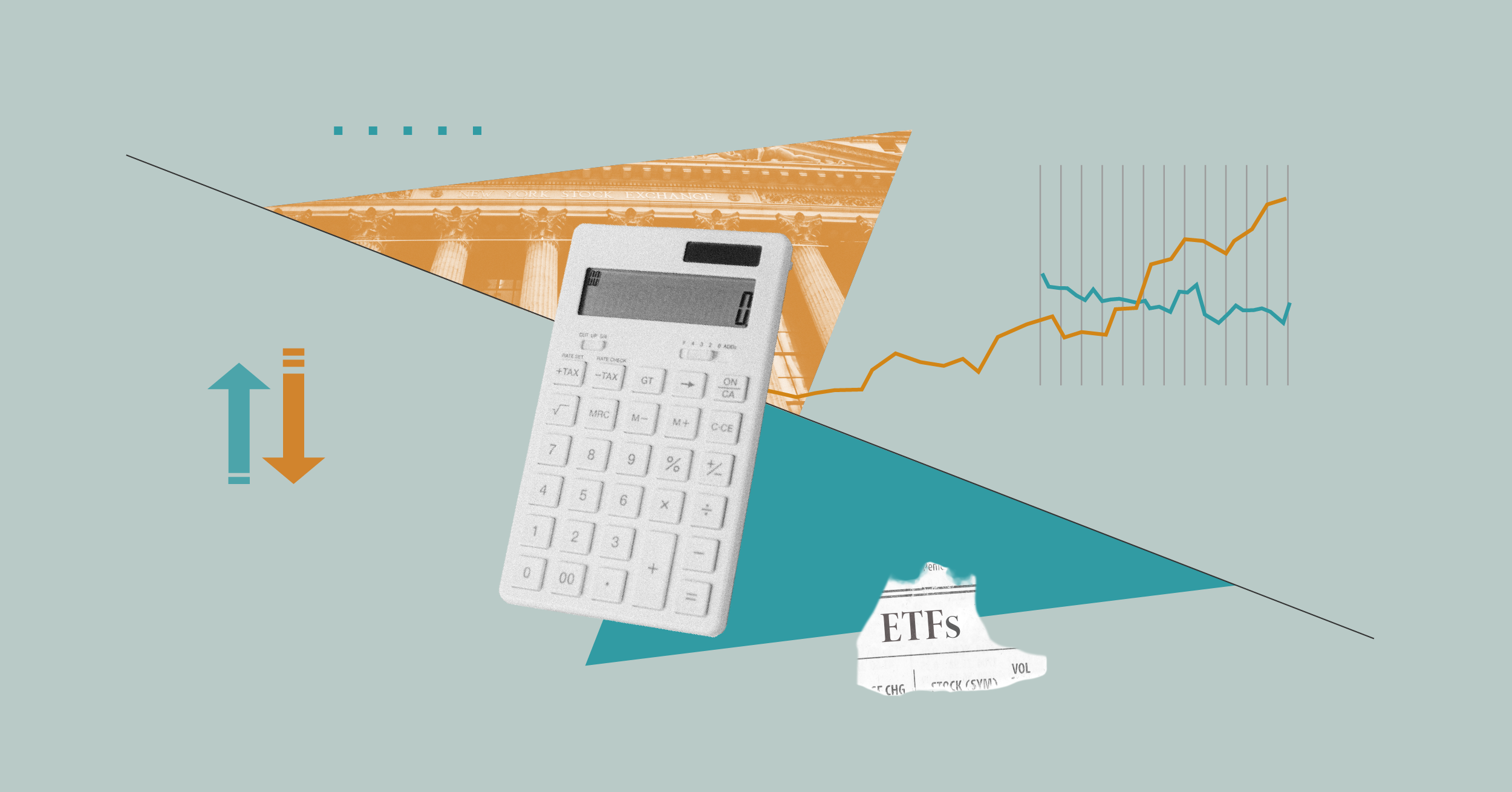
Trade body The Investment Association has delayed its move to include ETFs in its fund categories alongside active funds and index trackers.
ETFs had been earmarked to be included in the IA’s fund sectors from the first quarter of this year, but the trade body has been forced to postpone the move after an overwhelming response to its proposals.
There are some 37 fund sectors as defined by the Investment Association, including UK All Companies, Global and UK Equity Income funds. But currently it is difficult for investors to directly compare the performance of open-ended funds and similar ETFs, because the latter are not listed within the sectors.
After months of consultation, the IA announced plans in May 2019 to incorporate ETFs within the fund sectors to help savers and advisers better compare the different options available to them.
Miranda Seath, head of market insight at the Investment Association, said: “Our sectors are used by savers, platforms and advisers across the UK. As the retail market continues to evolve, it is important that the sectors are as easy as possible to navigate and retain the ability to help compare like-for-like funds.”
IA Deluged by Applications
To be included, ETF providers were asked to apply to the IA. It is understood that the response from providers was greater than expected, with more than 500 funds applying for inclusion and more expected to come. With such a deluge, the IA was unable to complete the integration in time for its proposed deadline of the first quarter of 2020. It is not yet clear when the ETF inclusion will start.
Jose Garcia-Zarate, associate director of passive strategies research at Morningstar, says the delay to ETF’s inclusion is disappointing. “Many retail investors and advisers have already waited a long time for the IA’s category system to reflect the true extent of the available universe of fund opportunities.”
He adds: “I can also see positives in the fact that the number of applications from ETF providers have outstripped expectations. It shows that providers are keen to enhance the visibility of ETFs as an investor-friendly option.”
Currently ETFs are more commonly used by institutional investors, such as big pension funds, Garcia-Zarate points out, so including them in the IA’s sector could help make them a more mainstream option. Most investors looking to track an index would choose an open-ended tracker fund instead.
Indeed, an increasing focus on fees has seen investors pour billions of pounds into such index-tracking funds in recent years. These are often significantly cheaper than those actively run by a fund manager. Morningstar Direct data shows that some £19.37 billion flowed into tracker funds in 2019 alone, an 11% increase from the £17.38 billion of inflows the year before. Total assets under management in these funds climbed to £247 billion by the end of the year.
Garcia-Zarate says: “The rise of passive investing isn’t likely to come to a halt any time soon, so it’s only fair that retail investors are aware of all the options at their disposal to make the best possible informed decisions. Morningstar has long included ETFs in its own fund categories alongside open-ended active and index funds.”




























